The HSE’s National Clinical Care Programme for the Assessment and Management of Patients Presenting to Emergency Departments following Self-Harm is trying to standardise and improve services for this vulnerable patient cohort. But without vastly increased investment in mental healthcare, can the Programme fulfil its aims?
Self-harm is a very significant and growing problem in Ireland. Due to stigma, however, it remains somewhat misunderstood and under-recognised by the public.
Sources working in mental healthcare believe that self-harm, particularly among young teenagers, is becoming much more common and that unless action is taken now the problem could escalate further in the future.
On Twitter, many young people have attached the hashtag #selfharm to posts about their self-harm.
One tweeter described her self-harm with the words “It’s a hate. It’s a pain. It’s a punishment.”
In Ireland, almost 9,000 individuals presented to an ED after self-harming episodes in 2016, representing a 10 per cent increase compared to figures for 2007.
Two in every three presentations involved overdose and one in every three involved alcohol, statistics from the National Self-Harm Registry of Ireland show.
In February 2017 Consultant Psychiatrist Dr Anne Jeffers took over the role of National Clinical Lead of the HSE’s National Clinical Care Programme for the Assessment and Management of Patients Presenting to Emergency Departments following Self-Harm.
Since this time Dr Jeffers has visited every ED nationally to review its operations in relation to the Clinical Programme, which was first introduced in 2014 in one ED.
The aim of the Programme is to ensure that “all patients who present to the ED following self-harm or with suicidal ideation will receive a prompt biopsychosocial assessment, their next of kin will receive support and advice on suicide prevention, the patient will be linked with the next appropriate care and both the patient and their general practitioner will receive a written plan of care”.
<img src=”../attachments/812f0705-561c-414d-b3f3-55268a48d03d.JPG” alt=”” />
<strong>Dr Anne Jeffers</strong>
A report produced by the Programme office, <em>Review of the Operation of the Programme 2017</em>, details data collected from EDs in 2016.
In 2017 24 of the 26 adult EDs in the country had a clinical nurse specialist (CNS) delivering the programme. Funding for 35 CNSs was made available in 2015.
Due to staffing issues related to data analysis for 2017, figures for last year are not yet available.
According to Dr Jeffers, who is a member of the Mental Health Commission, the Programme is very specific to self-harm only.
“The emergency department is a very difficult environment for anyone with a mental health crisis and the Clinical Programme was introduced to standardise and ensure care for people who have actually self-harmed,” Dr Jeffers told the <strong><em>Medical Independent</em></strong> (<strong><em>MI</em></strong>).
“We would encourage all patients who are in crisis to present to their GP or mental health team if they’re already known to them.
“The staff who are delivering the Programme, they also provide a service to people with suicidal ideation, but ideally they should be receiving their care from their GP or another community-based mental health service.”
The services on offer for self-harm patients vary widely depending on location. This is why the Programme is trying to introduce a consistent level of service nationally.
For example, for self-harm patients attending Mercy University Hospital (MUH), Cork, there is a psychiatry liaison team that operates a 24-hour seven day liaison service to the ED, wards and hospital and part of its work includes the self-harm Clinical Programme.
But then in Cork University Hospital (CUH) there are specific clinical nurse specialists in self-harm operating during the day only and they provide the self-harm service in line with the Clinical Programme, it is understood.
<h3 class=”subheadMIstyles”>Aims</h3>
The first of the Programme’s four aims, according to Dr Jeffers, is to improve the ED environment for people who self-harm to ensure that it is accepting and supportive.
“This is done through educating ED staff in mental health and suicidal awareness. That’s a key component of the Clinical Programme,” Dr Jeffers explained.
EDs must also ensure there is a suitable room for assessments. Currently some hospitals have rooms that are up to standard, while others have rooms that require modifications and some EDs need to build or create a room.
Progress on this issue is under “constant review”, Dr Jeffers said. At the end of 2016, just 12 out of 29 sites had rooms in place.
“I’m aware that in every service modifications are being made to them and every effort is being made to ensure they are in compliance,” Dr Jeffers said.
The introduction of parallel assessments whereby mental health specialists will receive patients at the same time as ED staff is also being prioritised.
“Sometimes when people come in they are treated medically and they have to wait to see a mental health specialist whereas we are saying the mental health specialist will make contact with them at the same time as the ED staff and, between them, they decide on a management plan,” Dr Jeffers noted.
Research has shown that providing parallel assessments to patients who self-harm reduces the proportion of patients who leave the ED before receiving a biopsychosocial assessment.
The second aim of the Clinical Programme is that all patients receive a biopsychosocial assessment from a mental health specialist – namely a CNS in mental health or a NCHD in psychiatry.
Both of these healthcare professionals should have access by telephone to immediate consultation with a consultant psychiatrist. Following that specialist assessment, each patient will receive a written emergency care plan.
Programme data shows that of the 6,239 presentations in 2016 where the patient received a biopsychosocial assessment, 32 per cent were assessed by a CNS, 42 per cent by a NCHD and 22 per cent by a liaison nurse. Self-harm training is also being offered to ED staff.
Meanwhile, the third component is that all patients will have next-of-kin involvement at the assessment and management stage.
The <em>Review of the Operation of the Programme 2017</em> states that a total of 61 per cent of presentations in 2016 included the patient’s next-of-kin in assessment and management.
Crucially there is much room for improvement in this area and it is recommended that this number be increased to 100 per cent.
“Finally all patients will receive assertive follow-up in the form of a phone call in 24 hours and bridging to next care,” Dr Jeffers remarked.
The next stage of care might involve attending a community mental health service the next day, referral to a counselling service or seeing a GP.
Dr Jeffers advised that the requirements for people who self-harm or who have suicidal ideation are quite varied. Not everyone needs to go to a community health team and that’s where specialist assessment can decide where a person should go to next, she said.
<h3 class=”subheadMIstyles”>Follow-up care</h3>
It is this final element of the Programme that is perhaps the most crucial part for patients. Under the Programme, every patient assessed is provided with an emergency care plan.
The lack of follow-up care and integration between mental health services has been widely criticised by mental health commentators. Will patients be able to access resources sooner rather than later after discharge from the ED and will they receive adequate support and care?
Based on data for 2016, it would appear that the Programme still has much work to do in this regard.
The 2016 review states “communication with the GP is paramount”. But in only 61 per cent of presentations a letter was sent to the GP within 24 hours of discharge. It is recommended that this rise to 100 per cent for those who have a GP.
“Each patient should receive a follow-up phone call within 24 hours of discharge from the ED. A phone call was received in only 47 per cent of presentations. It is recommended that all patients, including those who present out-of-hours and are assessed by the NCHD, should receive a phone call from the CNS within 24 hours of discharge from the ED,” the review advises.
When the <em>Review of the Operation of the Programme 2017</em> was published last year, every hospital operating the Programme received its own special report with recommendations.
Every three months the national Clinical Programme office follows up with management in hospitals to review progress in meeting recommendations.
<h3 class=”subheadMIstyles”>Community crisis assessment</h3>
The review highlights concerns about the lack of crisis assessment services in the community.
As pointed out by Dr Jeffers, the self-harm Programme only treats patients who have self-harmed. But a number of patients without physical health needs are presenting to the ED for care.
“In some services the CNS and clinical lead voiced concern at the high numbers of patients presenting to the ED without physical health needs and who would be more appropriately seen by a community mental health team (CMHT). In some services, CMHTs were advising people to present to ED, even within working hours. This is not good practice,” the review found.
“ECDs [executive clinical directors] will address delays in accessing crisis care in the CMHTs resulting in both inappropriate presentations to the ED of patients who do not have physical health needs, and in difficulties in the referral pathway from ED to CMHTs.”
But it is unclear how this will be achieved exactly. The options currently available to GPs who are concerned about a patient include referral to four services, including the Suicide Crisis Assessment Nurse (SCAN).
<h3 class=”subheadMIstyles”>SCAN</h3>
The SCAN service was established to provide suicide prevention in primary care.
But the primary care suicide assessment service was never fully rolled out, despite positive pilot results.
A 2012 report on the service noted “almost all GPs with experience of the SCAN service agreed that it led to better treatment adherence than ‘usual care’ and patients were more readily agreeable to being referred to the SCAN service”.
There are 11 SCANs nationally and they work as part of the adult mental health service.
If a patient presents to a GP with suicidal ideation, they can make a referral to the service Monday to Friday. The nurse can perform a same day or following day assessment, provide feedback to the GP and/or link the patient with other adult mental health services.
But the service does not operate seven days a week or ‘out-of-hours’, which presents an immediate obstacle for people in crisis.
The 2016 review notes that half of all self-harm presentations to EDs occurred between 7pm and 3am.
The SCAN service is currently under review and a report on its operation is due in November. According to the HSE, the review “will provide an up-to-date national picture of the operation of the SCAN service”.
“This assessment of the need will lead to a redefinition in a statement of purpose for the service and consideration of how recently-established services such as the National Clinical Programme for the Assessment and Management of Patients Presenting to Hospital [EDs] following Self-Harm and emerging HSE mental health crisis response services will align,” a HSE spokesperson commented.
At the time SCAN was launched there was an absence of crisis and home-based treatment teams (HBTTs) in place. There have since been further developments in this area.
<h3 class=”subheadMIstyles”>Home-based treatment teams</h3>
A number of GPs interviewed by this newspaper had very little knowledge of the SCAN service, with most referring to HBTTs.
It would appear that a barrier to GPs using the SCAN service exists whereby the nurse must use a room within a GP practice to conduct the patient consultation. This is not the case with HBTTs.
HBTTs are specialist multidisciplinary teams made up of consultants, social workers, occupational therapists and other healthcare professionals.
GPs can make referrals to a HBTT and they meet with the person in crisis and/or their family the same day or following day (usually within 24 hours).
The development of HBTTs was recommended in <em>A Vision for Change</em>. The service operates by assigning patients a key worker that guides them through their journey within the mental health service. It aims to treat patients at home in the community.
If a GP feels a patient is at high risk, however, and does not consider the SCAN and HBTT services appropriate, they can refer a patient to the liaison psychiatry service in the hospital and/or into the ED.
Many mental healthcare professionals agree that treatment outside hospital is what is most beneficial for patients in crisis, depending on their specific needs.
But crisis community services are not always available and often the only option for GPs is to refer a patient to hospital.
<h3 class=”subheadMIstyles”>Children</h3>
The self-harm review makes 26 recommendations and many of these are contingent on the provision of extra resources in the form of funding and staff.
Among these are plans to fund CNS posts in each of the children’s hospitals along with extra sessions for children and adolescent mental health service (CAMHS) teams in Galway, Cork and Limerick.
The review states “there is increasing concern, particularly in the large urban centres, that an increased number of children with mental health, but not physical health needs, are presenting to the hospital EDs. GPs report they are unable to obtain an urgent assessment through the CAMHS. CAMHS teams throughout the country report that they are under-resourced and, while they all strive to provide emergency appointments, this is not always possible.”
According to Dr Jeffers, discussions with the children’s hospitals on appointing nurses have taken place.
“It’s important to say that at present the three Dublin children’s hospitals provide an excellent service for children who present to the EDs. They already receive a very comprehensive assessment by a member or often two members of the multidisciplinary team. What our extra clinical nurse specialist will do is help with the connection on to next care. Certainly we’re almost at the point of advertising for those posts. It’s a new job description that’s been developed for it,” Dr Jeffers explained.
Efforts are also underway to introduce new posts to provide for extra sessions for CAMHS teams, Dr Jeffers said. It is hoped the extra sessions could be provided in the coming months.
Dr James O’Mahony, HSE Area Director of Mental Health Nursing Child and Adolescent Mental Health Services (CAMHS), based in Cork, said that a liaison service for children and adolescents is to be developed.
“That’s the next part, that you’ve got liaison clinical nurse specialists who will contribute to the self-harm Programme for CAMHS and they would also be based in hospital,” Dr O’Mahony told <strong><em>MI</em></strong>.
<h3 class=”subheadMIstyles”>Data</h3>
The self-harm Programme collects data in a number of areas, but no data is being collected on the number of children and teenagers who present to EDs with self-harm and who are then admitted to a CAMHS unit.
Dr Jeffers said “this is something we want to follow up on in 2018, not just with children, but with adults on their follow up and what percentage are actually admitted”.
Information on the number of staff trained in self-harm is also not collected. But Dr Jeffers said all CNSs are equipped to provide training and that their presence alone in EDs had led to an increased understanding of self-harm among ED staff.
A research group within the Programme to improve data collection and analysis has been established recently, made up of a combination of people from the national suicide research bodies and clinicians who are working on the Clinical Programme.
Dr Jeffers hopes the new group will help to boost research in the area and improve data collection.
<h3 class=”subheadMIstyles”>Posts</h3>
Further funding is planned to ensure CNSs are available in EDs from 8am to 8pm seven days a week, with one CNS per 200 presentations per annum recommended.
“Based on numbers in 2017 there would have been a requirement for an extra 12 posts,” Dr Jeffers stated.
It is understood that the HSE’s mental health division has accepted the need for more posts to fulfil this recommendation but there is no final figure yet on the number of posts that will be advertised and where posts will be placed.
“It has been agreed and will be provided by the development funding of 2017 and 2018. Based on the review of 2016, extra posts are required. The funding has been prioritised for the three Dublin children’s hospitals and then three of the busier services we’ve identified; they’ll be the first to get the posts and we’ll hopefully be advertising for those over the coming weeks,” Dr Jeffers outlined.
<h3 class=”subheadMIstyles”>Challenges</h3>
Difficulties accessing care within mental health services are common.
The HSE Endeavour Programme is a collection of treatment programmes aimed at helping young people with ongoing difficulties in managing intense emotions.
Problems in regulating emotions can lead to considerable mental health difficulties such as increased risk of clinical depression and anxiety and without appropriate support, risk of self -harm and suicide, according to the HSE.
Mental healthcare professionals advise that individuals actively self-harming urgently require access to the Programme to help them towards recovery.
But in Cork, for example, there is a year-plus waiting list for entry onto the Programme.
Entry is also complicated by the fact that a patient must have a diagnosis of borderline personality disorder before they can access the Programme. In addition, many patients are not happy with receiving this type of diagnosis.
Dr Jeffers admitted “we need greater supports and better funding for both primary mental health services and specialist mental health services”.
“Our Programme focuses on targeting people who are at high risk of repeating self-harm and it does this by improving connectedness to appropriate next care and obviously this will only work well if there is adequate staff,” she said.
“We estimate that only one-fifth of people who self-harm will present to the ED so we’re still talking about 50,000 people who self-harm who present elsewhere or don’t present at all. These are the people who need contact.”
<div style=”background: #e8edf0; padding: 10px 15px; margin-bottom: 15px;”> <h3 class=”subheadMIstyles”>Statistics from the National Self-Harm Registry Ireland Annual Report 2016</h3> <p class=”listBULLETLISTTEXTMIstyles”>Although the 2016 self-harm rates show a slight increase from 2015, there seems to be a stabilisation in the rate of self-harm in recent years.
<p class=”listBULLETLISTTEXTMIstyles”>The 2016 self-harm rate was 10 per cent higher than the rate in 2007.
<p class=”listBULLETLISTTEXTMIstyles”>In 2016 there was a significant increase in self-harm among women aged 25-29 years.
<p class=”listBULLETLISTTEXTMIstyles”>Since 2007 the number of self-harm presentations among homeless people increased by 55 per cent.
<p class=”listBULLETLISTTEXTMIstyles”>Cutting was involved in 27 per cent of all episodes. Cutting was more common in men (28 per cent) than in women (26 per cent).
Minor tranquilisers, paracetamol-containing medicines and antidepressants/mood stabilisers were involved in 35 per cent, 30 per cent and 19 per cent of drug overdose acts respectively.
</div>
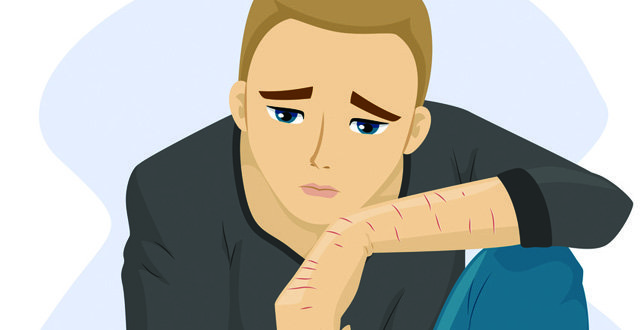

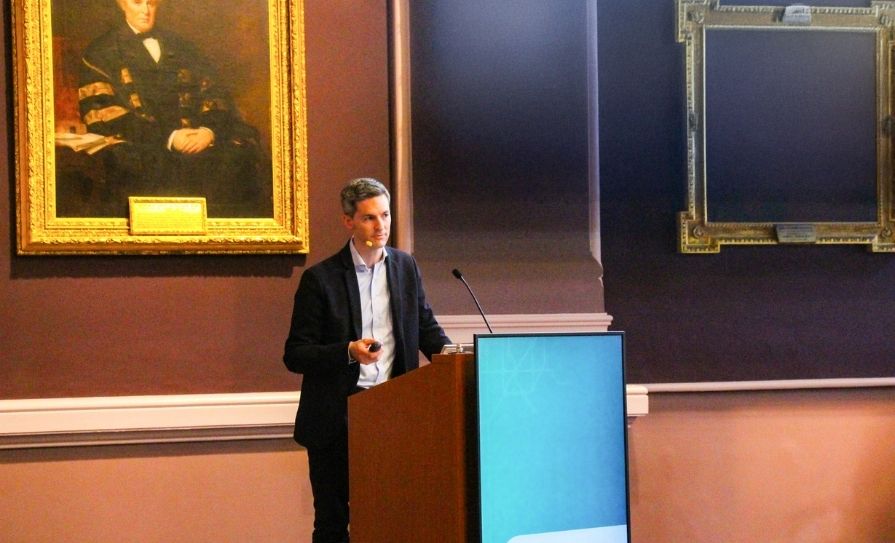
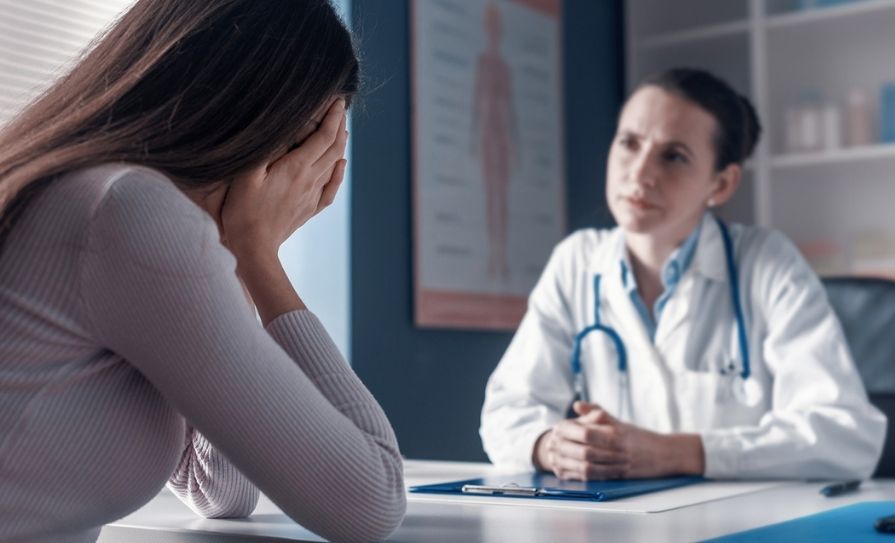


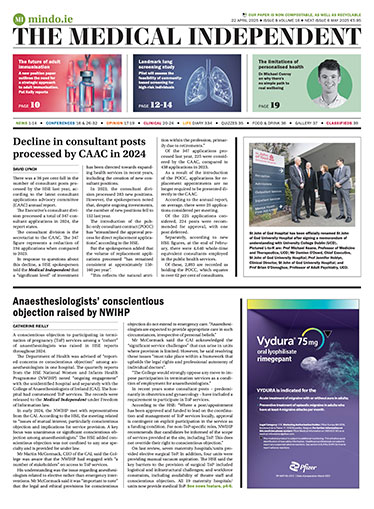
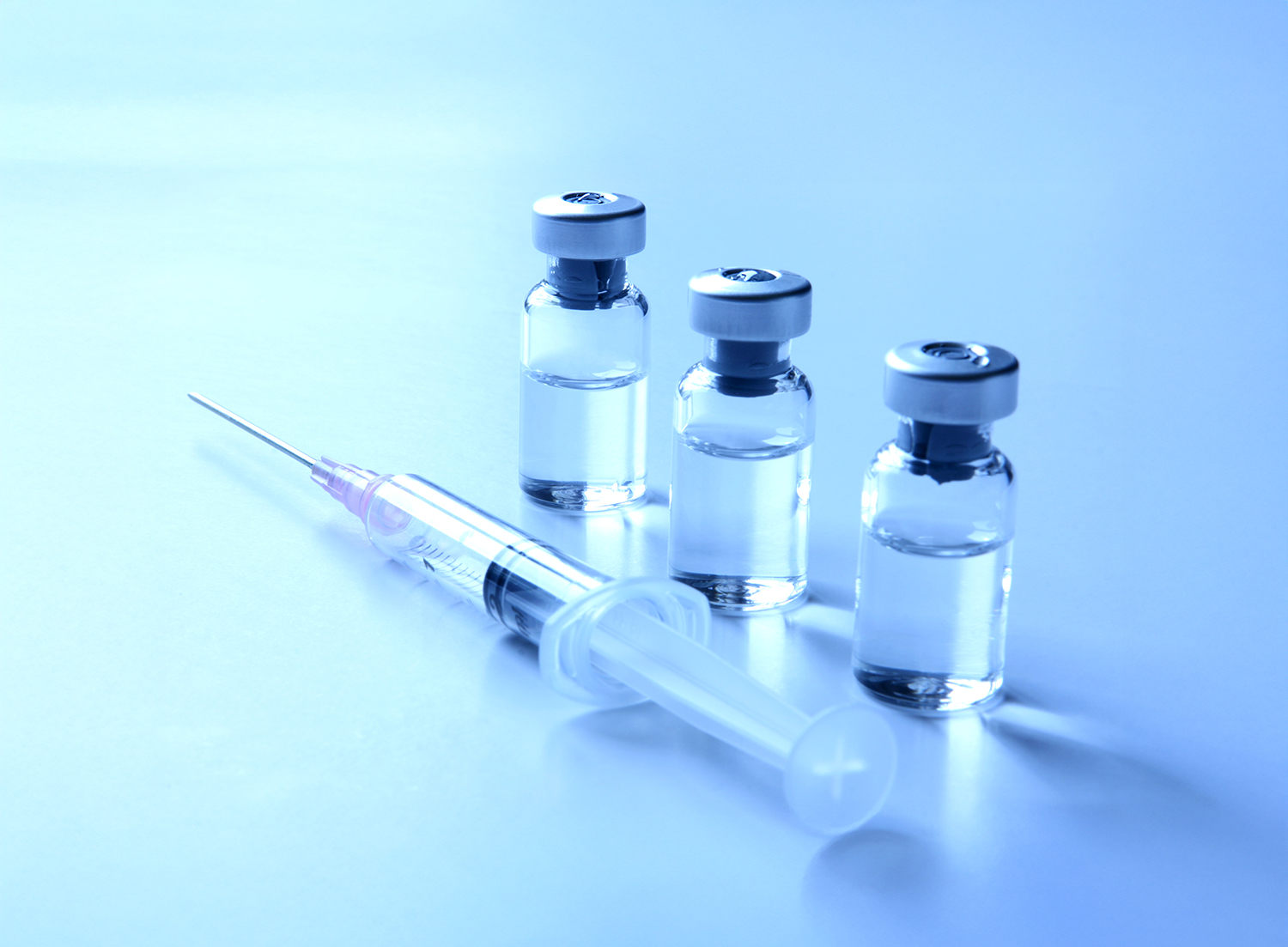





Leave a Reply
You must be logged in to post a comment.